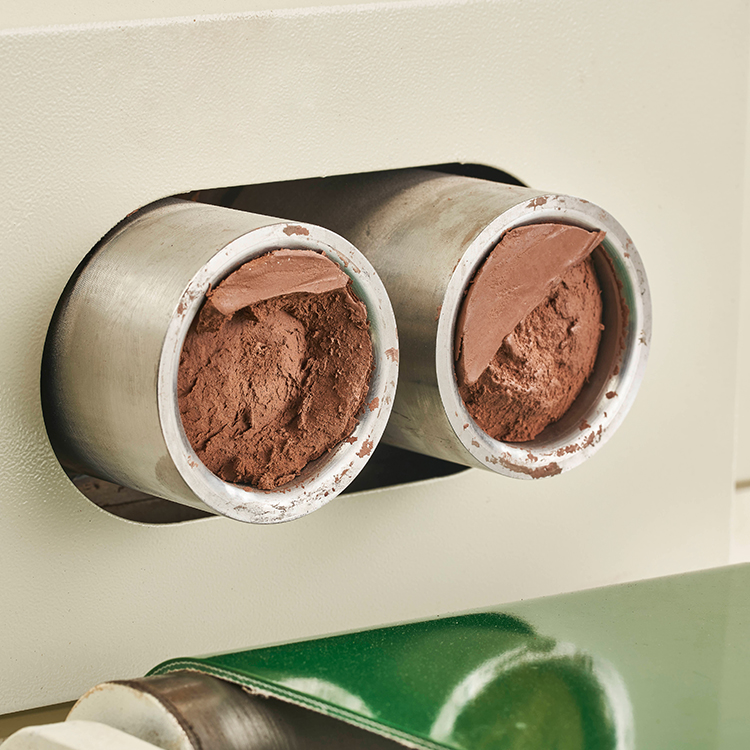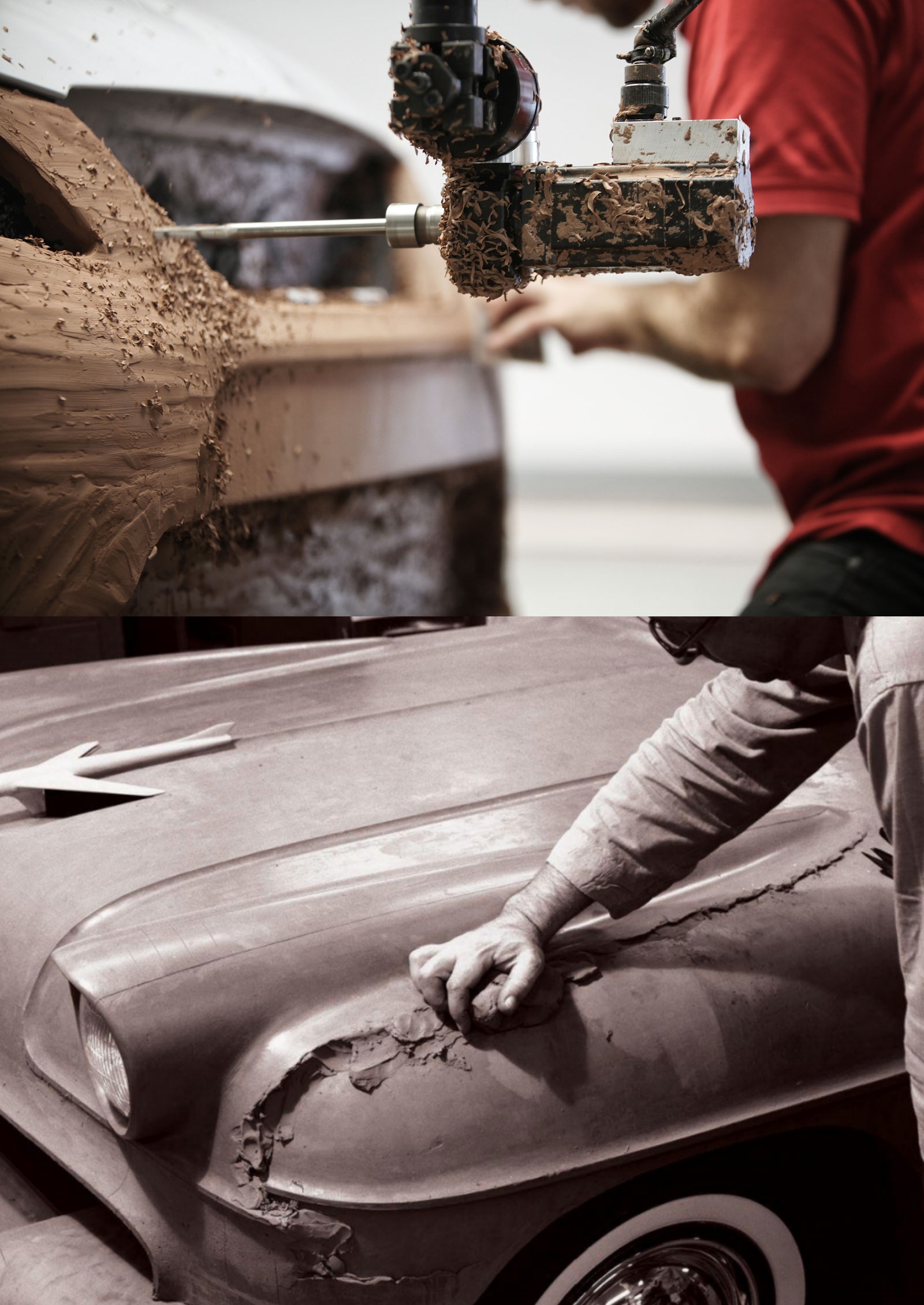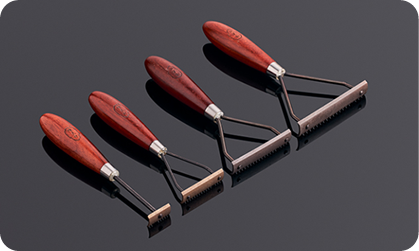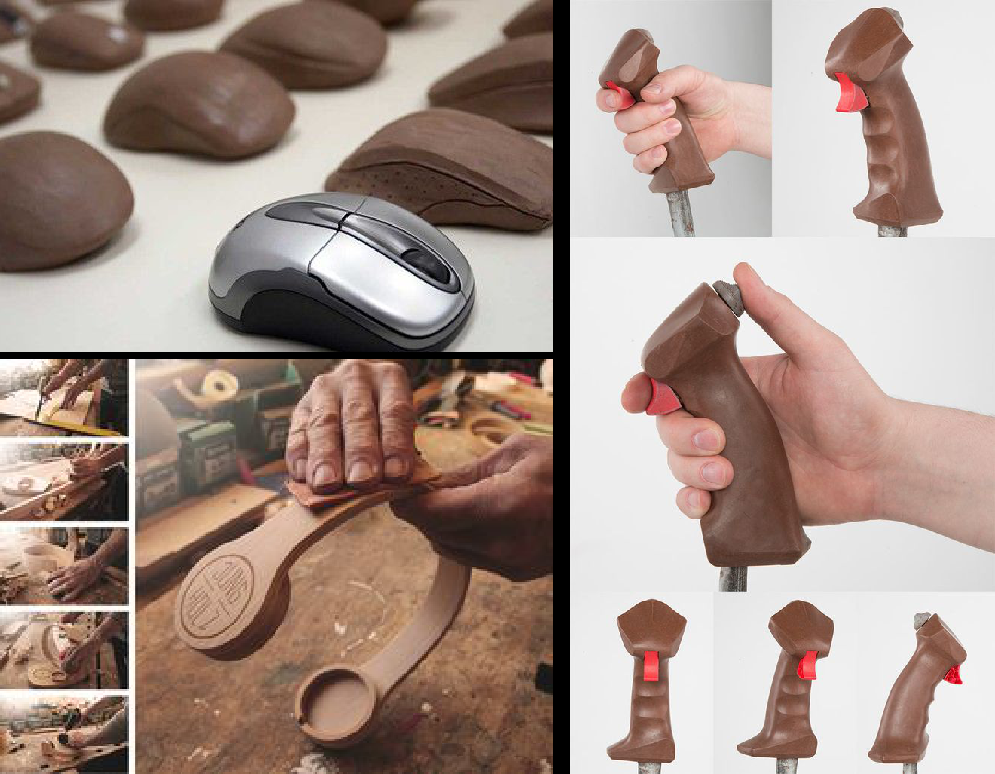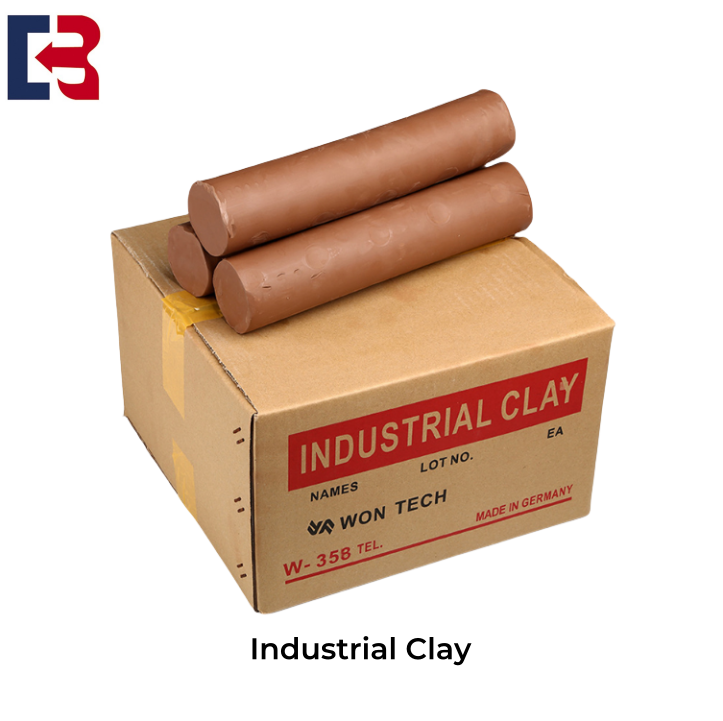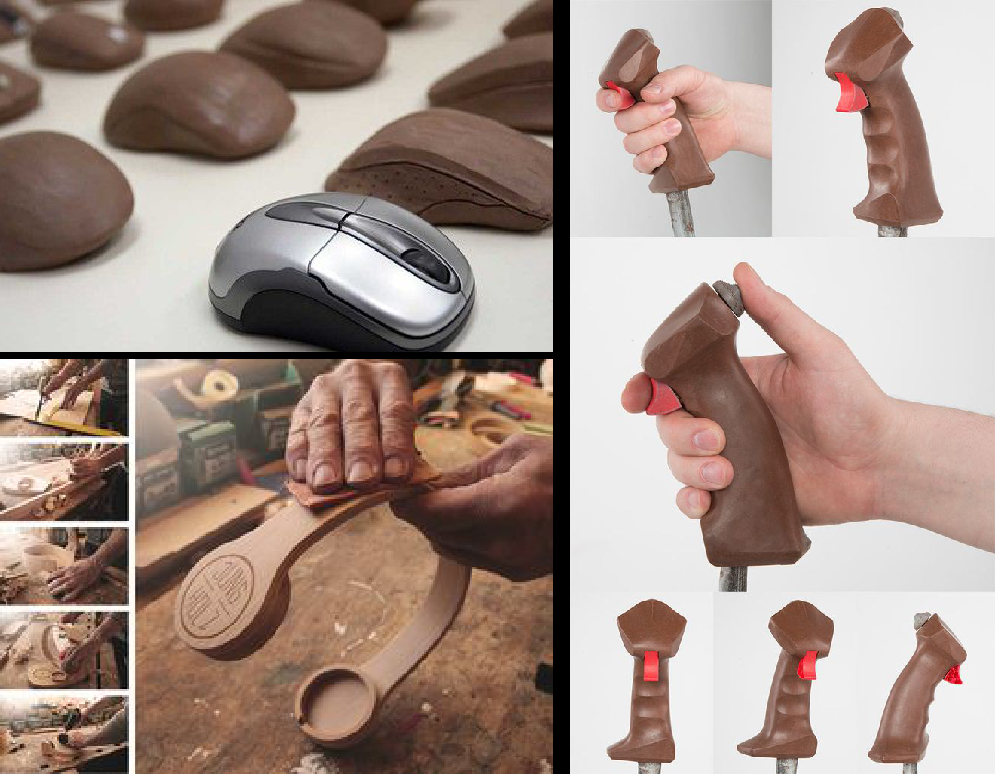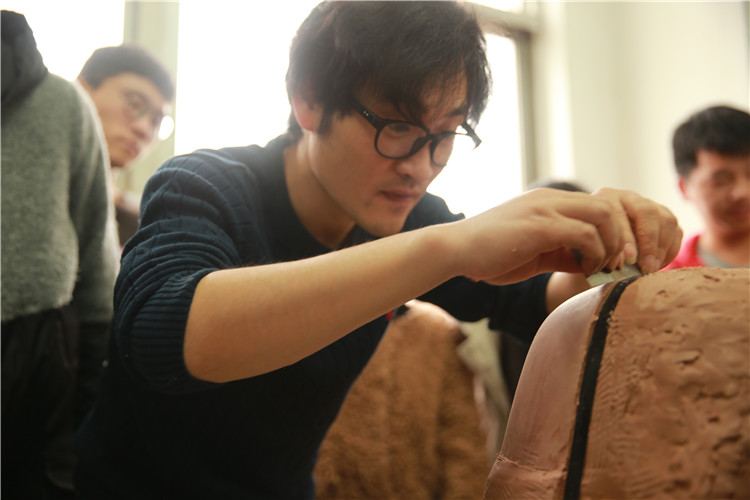
 Apr 01,2024
Apr 01,2024
 BOMI SHANGHAI
BOMI SHANGHAI
 840
840
The Art and Science of Wind Tunnel Clay Model Design in the Automotive Industry
In the realm of automotive design, the wind tunnel clay model stands as a testament to the intricate blend of art and engineering.
These models are pivotal in testing and refining the aerodynamic properties of vehicles, ensuring they meet the stringent demands of efficiency and performance. This article delves into the components and processes involved in crafting these sophisticated models, highlighting their significance in the automotive industry.
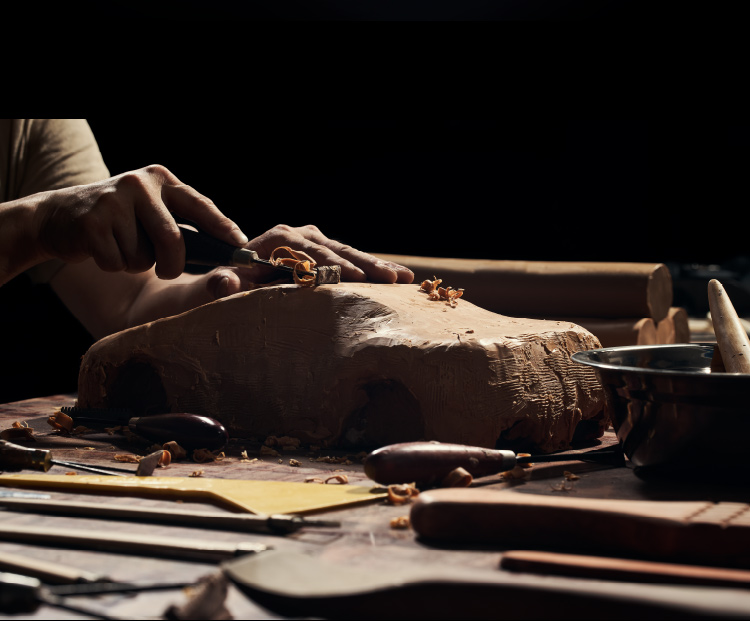
The Anatomy of a Wind Tunnel Clay Model
A wind tunnel clay model is a meticulously constructed prototype consisting of several layers and components. These include:
1. **Main Skeleton**: The core framework that provides structural integrity.
2. **Middle Layer**: Composed of wood and foam, offering form and support.
3. **Outer Layer**: Made of clay, allowing for detailed sculpting and modifications.
4. **BASE Samples**: Essential parts such as nacelle components, chassis suspension, motor, engine, battery pack, and wheels.
5. **Replacement Parts**: Interchangeable components used for various test scenarios.
Designing and Manufacturing the Skeleton
The skeleton is the cornerstone of the clay model, bearing the weight and ensuring the model's accuracy and stability.
Typically constructed from A3 steel and welded into a square steel frame, the skeleton must withstand the forces encountered during wind tunnel testing, transportation, and storage without deformation. It must meet the rigorous requirements of wind tunnel tests at speeds up to 160 km/h.
Key Steps in Skeleton Manufacturing:
1. Welding and Annealing: The skeleton is welded together, followed by an annealing process to eliminate welding-induced stress.
2. Precision Machining: Using a gantry milling machine, the base and installation surfaces are milled to ensure precision and avoid cumulative errors.
3. Rust Prevention and Painting: The skeleton is treated for rust prevention, primed once, and coated with top paint twice.
4. Precision Testing: Coordinate measuring equipment ensures the skeleton meets the required tolerances, including the reset datum and installation surfaces.
Preparing for Wind Tunnel Testing
Before the clay model undergoes wind tunnel testing, it undergoes a thorough cleaning to remove debris. Tape is used to seal gaps between components such as the grille, air curtain, and rear-view mirrors. The installation holes for quick samples are also sealed with tape.
Once the model is placed in the wind tunnel test section, it is clamped and fixed using the RPRS support rod of the balance. The centerline of the model is aligned with the balance's center, ensuring accurate testing conditions.
During the test, modifications are made based on the feedback from CFD engineers. This may include replacing or optimizing components like choke plates, air curtains, rear-view mirrors, bottom guard plates, and tail fins to achieve the optimal wind resistance coefficient.
Conclusion
The wind tunnel clay model is an indispensable tool in the automotive industry, providing a physical representation of a vehicle's aerodynamic properties.
The meticulous design and manufacturing process of the skeleton, combined with the ability to modify and test different configurations, make these models crucial for developing vehicles that meet high standards of efficiency and performance. As technology advances, the integration of such detailed and precise testing methods continues to push the boundaries of automotive innovation.

